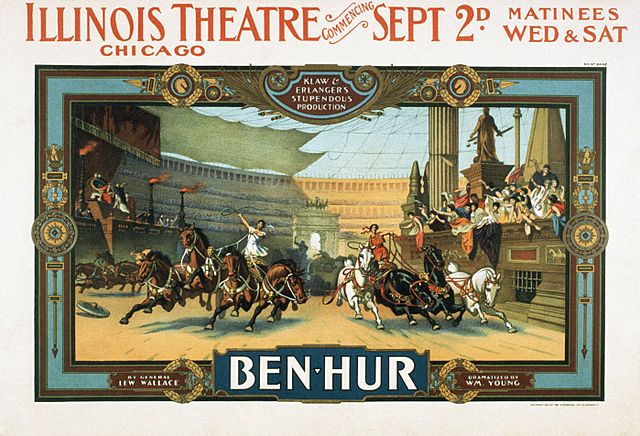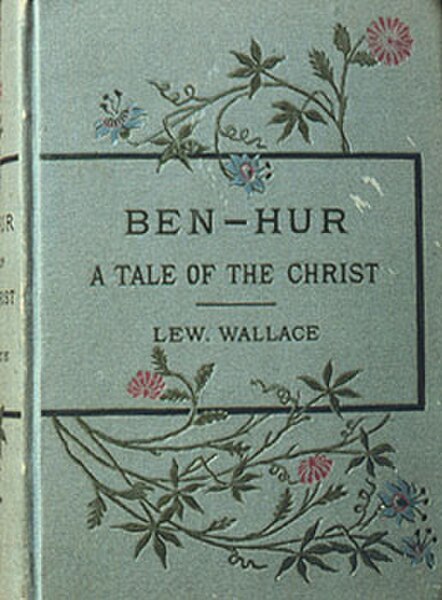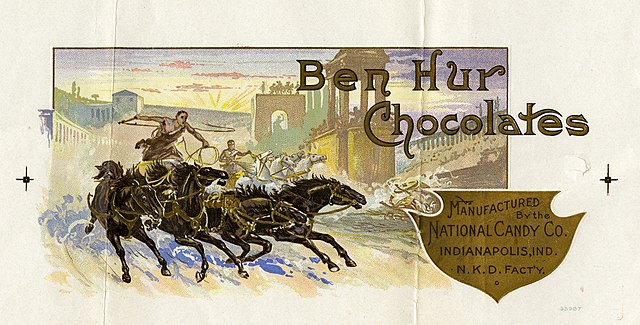Ben-Hur was an 1899 theatrical adaptation of the novel Ben-Hur: A Tale of the Christ (1880) by Lew Wallace. The story was dramatized by William W. Young and produced by Marc Klaw and A. L. Erlanger. The stage production was notable for its elaborate use of spectacle, including live horses for the famous chariot race. The hippodrama had six acts with incidental music written by American composer Edgar Stillman Kelley. The stage production opened at the Broadway Theater in New York City on November 29, 1899, and became a hit Broadway show. Traveling versions of the production, including a national tour that ran for twenty-one years, played in the United States, Great Britain, and Australia. By the end of its run in April 1920, the play had been seen by more than twenty million people and earned over $10 million at the box office. There have been other stage adaptations of Wallace's novel, as well as several motion picture versions.
1899 poster from the Broadway premiere
Edward J. Morgan as Judah Ben-Hur and Corona Riccardo as Iras
Esther, Simonides, Ben Hur, and Amrah in a 1903 scene
A 1901 poster for a production at the Illinois Theater in Chicago
Ben-Hur: A Tale of the Christ
Ben-Hur: A Tale of the Christ is a novel by Lew Wallace, published by Harper and Brothers on November 12, 1880, and considered "the most influential Christian book of the nineteenth century". It became a best-selling American novel, surpassing Harriet Beecher Stowe's Uncle Tom's Cabin (1852) in sales. The book also inspired other novels with biblical settings and was adapted for the stage and motion picture productions.
First edition, 1880
Lew Wallace, Union general, circa 1862–1865
A 1901 poster for a production of the play at the Illinois Theatre, Chicago
A Ben-Hur chocolate label from 1906







